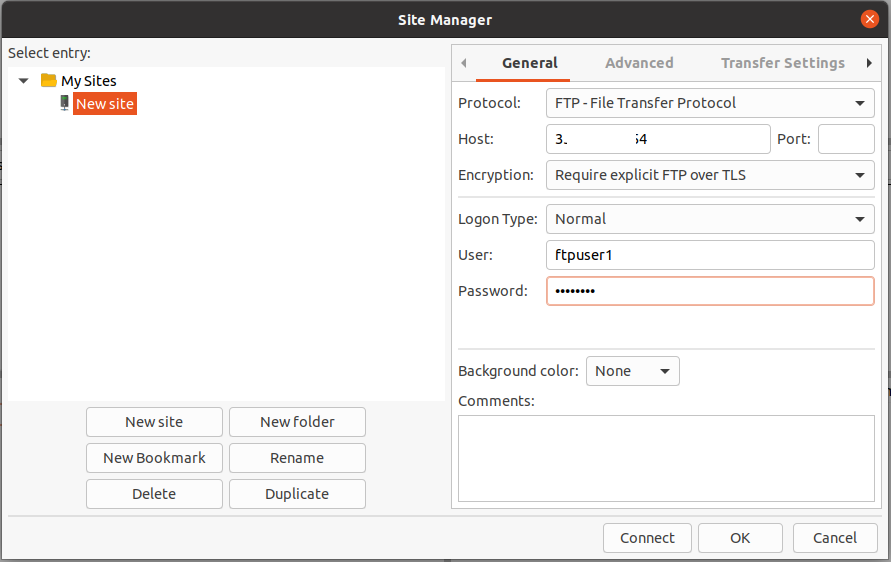
There are a few different choices you can use to create an FTP server, but in this guide, we will use FileZilla, which is free. Once you have created a hostname on No-IP you will need to download and run an FTP server. If you do not already have an account, you will need to create an account by following the steps in our Getting Started guide. You can create and use a hostname with No-IP to run an FTP server. bogem/ftp: The image used to configure our container, defined on Docker Hub.Īnd that’s it! Now you have a local ftp server running on a Docker container.FTP or File Transfer Protocol servers allow you to share or host data on your computer that might be too large to transfer through an email.


On linux, all docker containers runs on 127.0.0.1 Here we are passing a ftp user, password and ip address. -e: Define a must have environment configurations.-p: Binds some ports where the container will be available.You should change the local one as you need. In my case, I’m using /home/rafaelribeiro/Projects/ftpserver as my local folder and /home/vsftpd as ftp server container folder. -v: Links a local folder with a container one.-d: Let the container runs on detached mode, making that instance of terminal free to use.Let’s see what every single argument on the command does.

On this tutorial, I’ll show you how to setup a FTP server Docker image on your machine and how to see its working.įirst of all, you need to install docker if you don’t have it already.Īfter that, Open your terminal and enter the following command: docker run -d -v /home/ftpserver:/home/vsftpd -p 20:20 -p 21:21 -p 47400-47470:47400-47470 -e FTP_USER=yourName -e FTP_PASS=yourPass -e PASV_ADDRESS=127.0.0.1 -name ftp -restart=always bogem/ftp

Sometimes, developers around the world face the challange to integrate their application with a FTP server, downloading and uploading files from/into there.


 0 kommentar(er)
0 kommentar(er)
